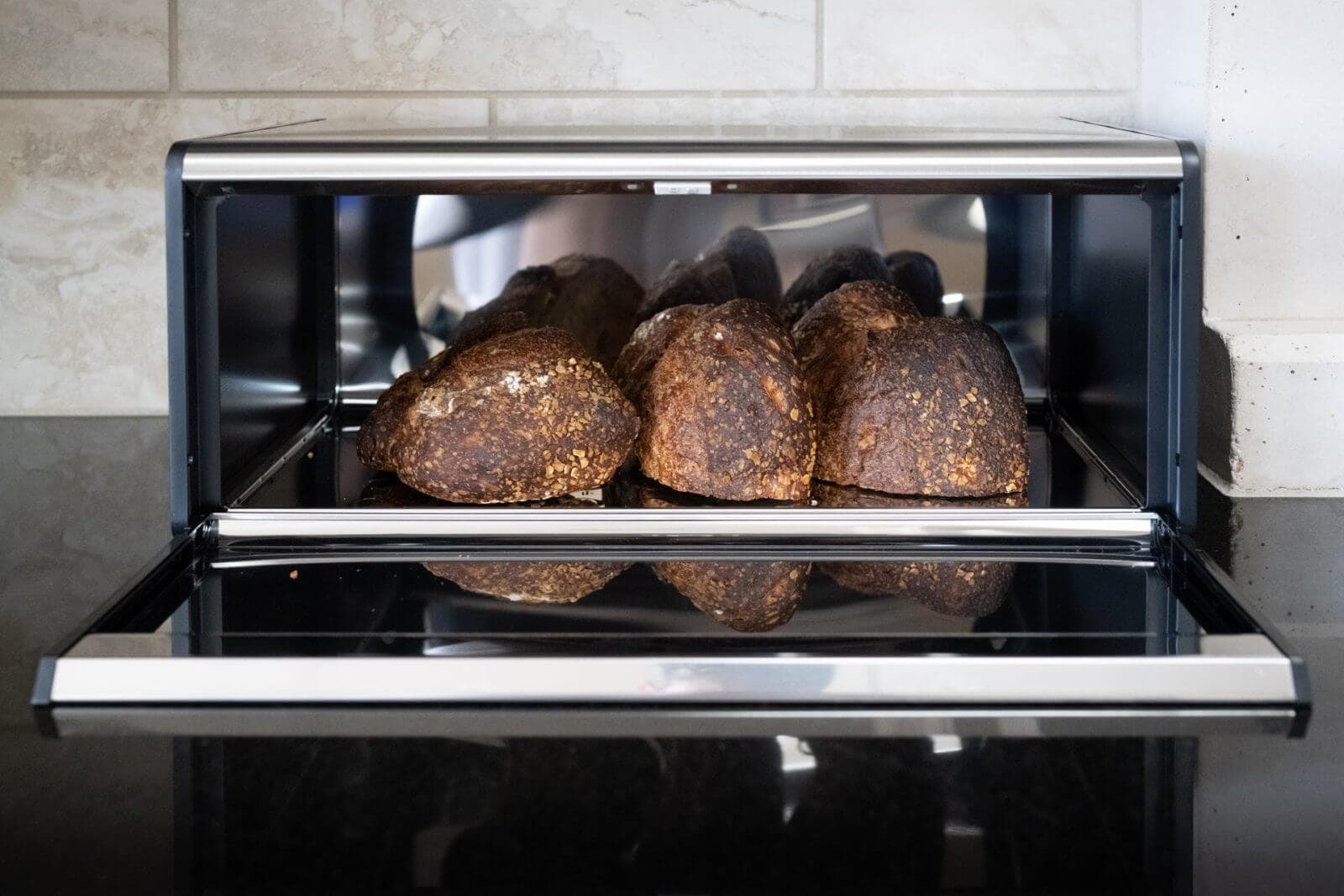

Articles
How To Store Freshly Baked Bread
Modified: January 5, 2024
Learn how to properly store freshly baked bread to keep it fresh and delicious for longer. Our articles provide helpful tips and techniques for maintaining the quality of your homemade bread.
(Many of the links in this article redirect to a specific reviewed product. Your purchase of these products through affiliate links helps to generate commission for Storables.com, at no extra cost. Learn more)
Introduction
Welcome to the wonderful world of freshly baked bread! There’s something truly enchanting about the aroma, flavor, and texture of a loaf straight out of the oven. Whether you’ve baked it yourself or picked it up from a local bakery, one thing remains true: you want to savor that incredible freshness for as long as possible. But how do you go about storing your prized loaf to maintain its deliciousness?
In this article, we’ll explore the importance of proper bread storage and provide you with tips and methods to ensure your freshly baked bread stays at its best for as long as possible.
Proper storage is essential because bread is a delicate food product. It can quickly lose its freshness, moisture, and flavor if not stored correctly. Exposing it to the wrong conditions can result in stale, dry, or even moldy bread.
Choosing the right storage method is crucial in preserving the delightful qualities of your bread. Factors such as the type of bread, the environment, and the desired shelf life all come into play when deciding the best approach for storage.
Whether you’re a bread enthusiast, a home baker, or simply someone who appreciates the satisfaction of a good loaf, read on to discover the secrets of storing freshly baked bread to perfection.
Key Takeaways:
- Properly storing freshly baked bread is crucial for maintaining its flavor, texture, and shelf life. Whether at room temperature, in the refrigerator, or freezer, choosing the right method is essential for enjoying delicious bread for longer.
- By following simple tips and choosing the appropriate storage method, you can extend the shelf life of freshly baked bread, reduce food waste, and savor the delightful taste of a well-preserved loaf. Enjoy the satisfaction of a perfectly stored, freshly baked bread!
Read more: How To Store Fresh Baked Focaccia
Importance of Proper Bread Storage
Proper bread storage is not just a matter of keeping your loaf fresh and tasty; it’s also essential for food safety and waste reduction. Here are a few reasons why it’s important to store your bread correctly:
- Freshness: Freshly baked bread can lose its desirable qualities within a matter of days if not stored properly. By using the correct storage techniques, you can extend the shelf life and enjoy that delicious just-baked taste for longer.
- Preserving Texture: The texture of bread is one of its most appealing characteristics. Storing bread in the right conditions helps maintain its softness and avoid it becoming stale or tough over time.
- Mold Prevention: Bread is prone to mold growth, especially in humid environments. Proper storage methods can help prevent the growth of mold, keeping your bread safe and hygienic to consume.
- Food Safety: Storing bread correctly reduces the risk of bacterial contamination and foodborne illnesses. It’s crucial to keep your bread in an environment that inhibits the growth of harmful bacteria.
- Reducing Food Waste: By properly storing your bread, you can minimize food waste. When bread goes bad before it’s consumed, it contributes to the ever-growing issue of food waste. Proper storage prolongs its freshness, allowing you to enjoy every last slice.
Now that we understand the importance of proper bread storage, it’s time to explore the different methods you can use to keep your freshly baked loaf at its best.
Choosing the Right Bread Storage Method
When it comes to storing freshly baked bread, there are several options to consider. The choice of storage method depends on factors such as the type of bread, desired shelf life, and available space. Let’s explore the three main bread storage methods:
- Room Temperature: Storing bread at room temperature is the most common method. However, it’s important to note that this method is best suited for bread with a short shelf life, typically one to two days. To store bread at room temperature, place it in a breathable container, like a bread box or a paper bag, to protect it from dust and to maintain some moisture.
- Refrigeration: Refrigerating bread can help extend its shelf life. However, it’s important to be mindful of the potential drawbacks. Bread stored in the refrigerator can become dry and lose its freshness more quickly. If you choose to refrigerate your bread, make sure to wrap it tightly in plastic wrap or an airtight container to prevent moisture loss.
- Freezing: Freezing is an excellent option for extending the shelf life of freshly baked bread. This method allows you to store bread for several weeks to months without compromising its quality. To freeze bread, wrap it tightly in plastic wrap or place it in a freezer-safe bag. When ready to enjoy, thaw the bread at room temperature and refresh it in the oven for a few minutes to recapture its original texture and flavor.
Each method has its advantages and considerations. The key is to choose the storage method that aligns with your preferences and the type of bread you have. So, now that you have a better understanding of the different storage methods, let’s dive into the details of each one to help you make an informed decision.
Storing Freshly Baked Bread at Room Temperature
Storing freshly baked bread at room temperature is the most common and convenient method. It works well for bread that will be consumed within a day or two. Here are some key considerations and steps to follow:
- Choose the Right Container: To protect your bread from drying out and to keep it fresh, use a breathable container like a bread box or a paper bag. These containers allow for some airflow while preventing excessive moisture loss.
- Wrap or Cover the Bread: If you don’t have a bread box or a paper bag, you can wrap the bread in a clean cloth or place it cut-side down on a cutting board and cover it with a tea towel. This will help maintain the bread’s moisture and prevent it from drying out.
- Avoid Plastic Bags: While it may be tempting to use a plastic bag for convenience, it’s best to avoid it. Plastic bags can trap moisture and promote mold growth, resulting in soggy or moldy bread.
- Keep Away from Direct Sunlight and Heat Sources: Store your bread in a cool, dry place away from direct sunlight and heat sources like stovetops or appliances. Heat can cause the bread to go stale more quickly.
- Monitor for Freshness: Regularly check your bread for signs of staleness or mold. If you notice any, it’s time to consume it or consider an alternative storage method.
Storing bread at room temperature is convenient, but it’s important to keep in mind that the shelf life is shorter compared to other methods. If you plan to keep your bread for more than a day or two, consider the refrigeration or freezing methods, which we will discuss in the following sections.
Now that you know the essentials of storing bread at room temperature, let’s explore the process of refrigerating freshly baked bread.
Store freshly baked bread in a paper bag or bread box at room temperature for up to 2 days. For longer storage, wrap in plastic wrap and freeze for up to 3 months.
Storing Freshly Baked Bread in the Refrigerator
If you want to extend the shelf life of your freshly baked bread beyond a few days, storing it in the refrigerator can be a viable option. However, it’s essential to be aware of the potential drawbacks. Here’s how to store bread in the refrigerator effectively:
- Wrap the Bread Properly: Before placing your bread in the refrigerator, wrap it tightly in plastic wrap or transfer it to an airtight container. This step prevents the bread from drying out and absorbing odors from other foods in the fridge.
- Use a Refrigerator-Safe Bag: If you prefer to use a bag specifically designed for refrigeration, make sure it is freezer-safe and airtight. This type of bag helps maintain the bread’s moisture while protecting it from the cold environment.
- Keep Away from Humidity: Be cautious not to place the bread in areas of the refrigerator where humidity levels are high, such as vegetable drawers. Excess moisture can accelerate mold growth and make the bread soggy.
- Refresh Before Consuming: When you’re ready to enjoy your refrigerated bread, it’s recommended to refresh it before serving. Preheat your oven to around 350°F (175°C), and then place the bread directly on the oven rack or on a baking sheet for a few minutes. This will help bring back some of the bread’s original texture and crustiness.
- Note the Shelf Life: While refrigeration can prolong the shelf life of bread, it’s important to note that it can become stale or dry more quickly than if stored at room temperature. Consume refrigerated bread within a week for the best quality and taste.
Storing bread in the refrigerator can be a practical option when you need to preserve it for a longer duration. However, it’s essential to be mindful of the potential trade-offs in terms of texture and freshness. If you’re aiming for an extended shelf life beyond a week, freezing your bread is the way to go, which we will discuss in the next section.
Now that you have a good understanding of how to store bread in the refrigerator, let’s move on to explore the world of freezing freshly baked bread.
Read more: How To Store Freshly Baked Bread Overnight
Storing Freshly Baked Bread in the Freezer
Freezing is an excellent option for prolonging the shelf life of freshly baked bread. It allows you to store bread for several weeks to months while maintaining its quality and freshness. Here’s a step-by-step guide on how to store bread in the freezer:
- Prepare the Bread for Freezing: Start by allowing your bread to cool completely after baking. Once cooled, consider slicing the loaf into individual portions or leaving it whole, depending on your preference.
- Wrap the Bread Properly: To prevent freezer burn and maintain the bread’s moisture, wrap it tightly in plastic wrap. For additional protection, place the wrapped bread in a freezer-safe bag or container.
- Label and Date: It’s crucial to label the package with the type of bread and the date of freezing. This information will help you keep track of its storage time and ensure you consume it within its optimal timeframe.
- Store in the Freezer: Place the wrapped bread in the freezer, making sure to keep it away from items that may crush or squash it. Ideally, store the bread in a single layer to minimize any potential damage during freezing.
- Thawing and Refreshing: When you’re ready to enjoy your frozen bread, remove it from the freezer and let it thaw at room temperature. Once thawed, you can refresh the bread by placing it in a preheated oven at around 350°F (175°C) for a few minutes. This will revive the crust and restore some of the bread’s original texture.
- Enjoy within Recommended Timeframe: While frozen bread can be stored for several weeks or even months, it’s best to consume it within the recommended timeframe for the best taste and quality. Generally, it is advisable to consume frozen bread within three to six months.
Freezing bread not only extends its shelf life but also allows you to have bread readily available whenever you need it. You can freeze individual slices or the whole loaf, depending on your consumption habits.
By following these simple steps, you can enjoy the taste of freshly baked bread whenever you desire, even if you don’t have the time or resources to bake it every day.
Now that you’re well-versed in the art of freezing bread, let’s move on to some general tips for extending the shelf life of freshly baked bread.
Tips for Extending the Shelf Life of Freshly Baked Bread
While choosing the right storage method is crucial for preserving the freshness of freshly baked bread, there are also some additional tips you can follow to further extend its shelf life. Here are a few handy tips to keep in mind:
- Wait for the Bread to Cool Completely: Before storing your freshly baked bread, make sure it has cooled down completely. This allows excess moisture to evaporate, preventing condensation and potential mold growth.
- Avoid Cutting into the Bread Too Soon: While it can be tempting to dig into a warm loaf, resist the urge to slice into it immediately after it’s out of the oven. Cutting into the bread too soon can cause moisture loss, leading to dryness. Allow the bread to cool before slicing into it.
- Store Unsliced Loaves Whenever Possible: If you have the option, it’s generally best to store bread as a whole loaf rather than sliced. Sliced bread tends to dry out more quickly as the exposed surfaces are prone to moisture loss.
- Handle Bread with Clean Hands or Utensils: When handling bread, ensure your hands or utensils are clean and dry. Avoid touching the bread with wet or greasy hands, as it can introduce moisture or contaminants that may affect its quality.
- Consider Toasting or Refreshing Stale Bread: If your bread starts to become stale, don’t despair. Toasting or refreshing it in the oven can help revitalize its texture and flavor. It’s a great way to breathe new life into your loaf.
- Avoid Storing Bread near Strong Odors or Foods: Bread can easily absorb odors from strong-smelling foods. Be cautious not to store it near onions, garlic, or other pungent items that can affect its taste and aroma.
- Only Slice What You Need: If you have a whole loaf, slice off only what you need for immediate consumption. By keeping the rest of the loaf intact, you can maintain its freshness for a longer period.
- Refrigerate or Freeze Excess Bread: If you have a surplus of bread that won’t be consumed within a few days, it’s best to refrigerate or freeze it to prevent waste. Follow the appropriate storage method we discussed earlier to preserve its quality.
By implementing these tips, you can significantly extend the shelf life of your freshly baked bread and make the most out of each loaf. Whether it’s savoring a warm slice or enjoying a toasted delight, these guidelines will help maintain the bread’s deliciousness for a longer period.
Now that you’re equipped with these valuable tips, you can confidently store and enjoy your freshly baked bread to its fullest potential. Let’s wrap up our discussion.
Conclusion
Properly storing freshly baked bread is essential for maintaining its deliciousness and prolonging its shelf life. By choosing the right storage method and following a few simple tips, you can ensure that your bread stays flavorful, moist, and enjoyable for as long as possible.
Storing bread at room temperature is ideal for short-term consumption, usually within a day or two. Using a breathable container or wrapping it in a cloth helps maintain its freshness.
If you need to preserve your bread for a longer duration, refrigeration can extend its shelf life, but be cautious of potential dryness. Thawing and refreshing it before consumption can help revive its texture.
For the longest shelf life, freezing your freshly baked bread is the way to go. Proper wrapping and labeling of the bread ensure it stays fresh and allows you to enjoy it weeks or even months later.
Throughout the storage process, it’s crucial to handle the bread with clean hands, avoid exposure to strong odors, and slice only what you need to maintain its freshness.
Remember, every bread storage method has its advantages and considerations. The type of bread, desired shelf life, and available space all play a role in determining the best approach for storage.
By following these guidelines, you can savor the mouthwatering taste of freshly baked bread for longer, reduce food waste, and enjoy the satisfaction of a well-preserved loaf. So go ahead, bake that perfect loaf, and savor its freshness with proper storage techniques!
Frequently Asked Questions about How To Store Freshly Baked Bread
Was this page helpful?
At Storables.com, we guarantee accurate and reliable information. Our content, validated by Expert Board Contributors, is crafted following stringent Editorial Policies. We're committed to providing you with well-researched, expert-backed insights for all your informational needs.
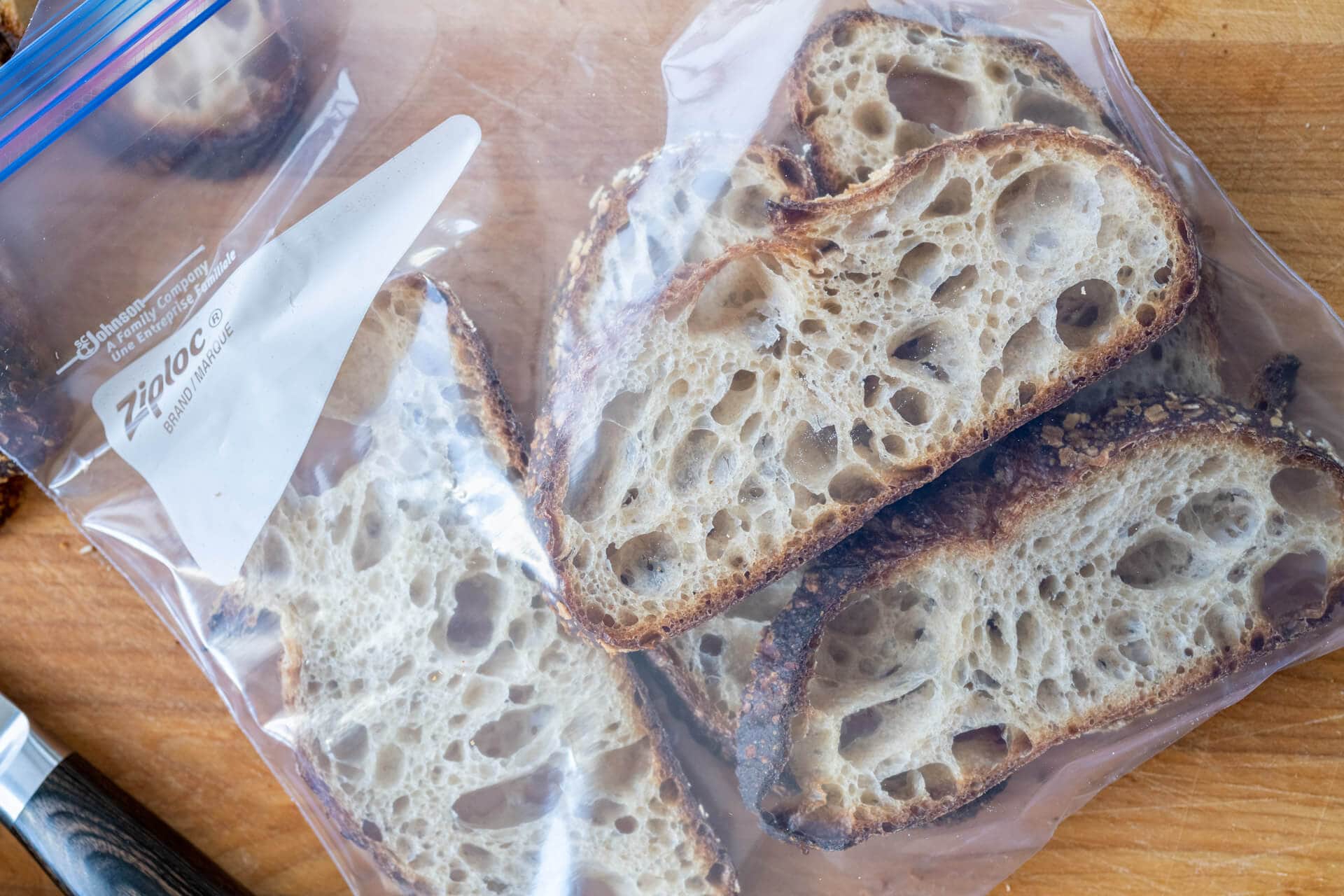
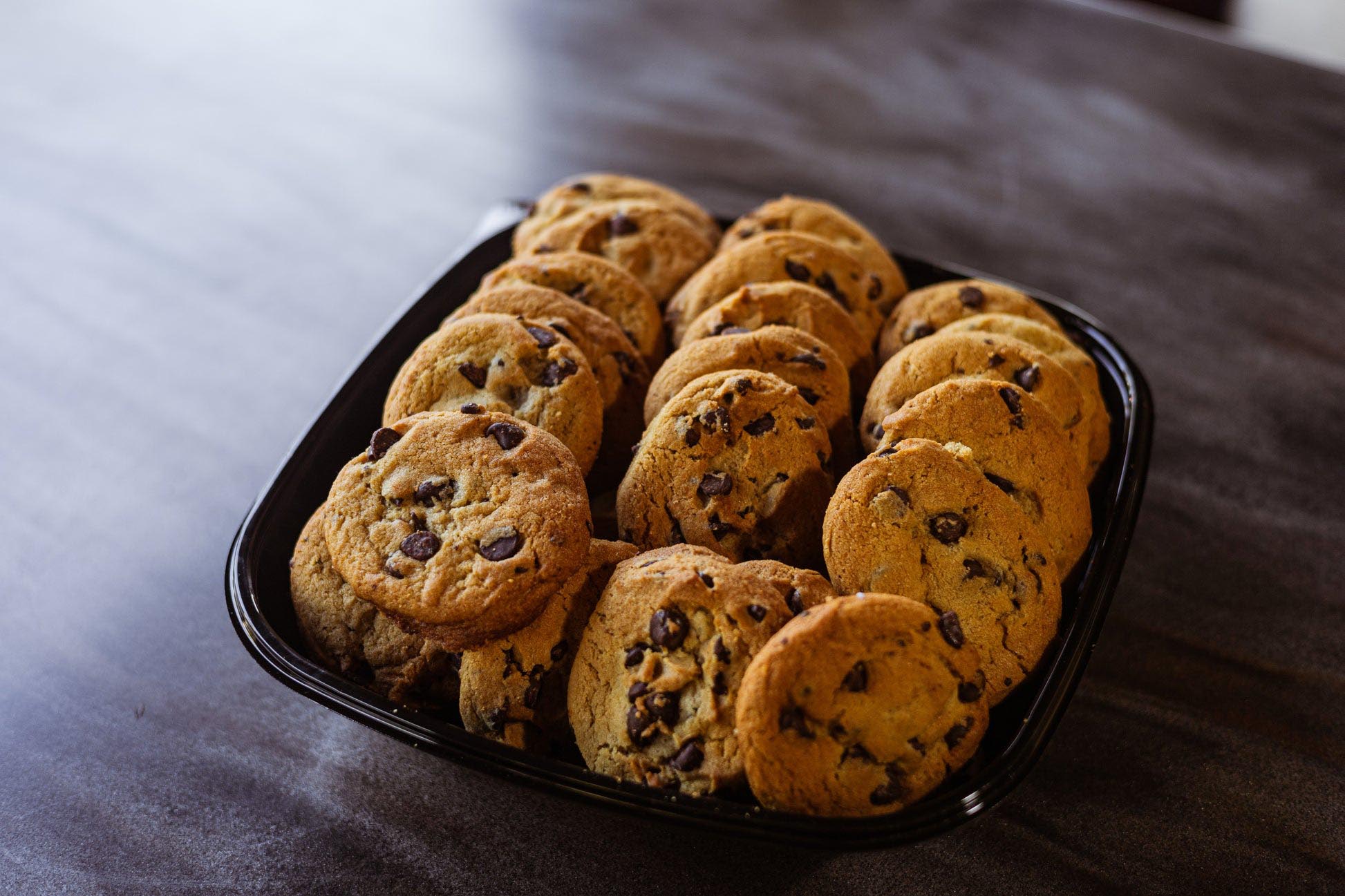
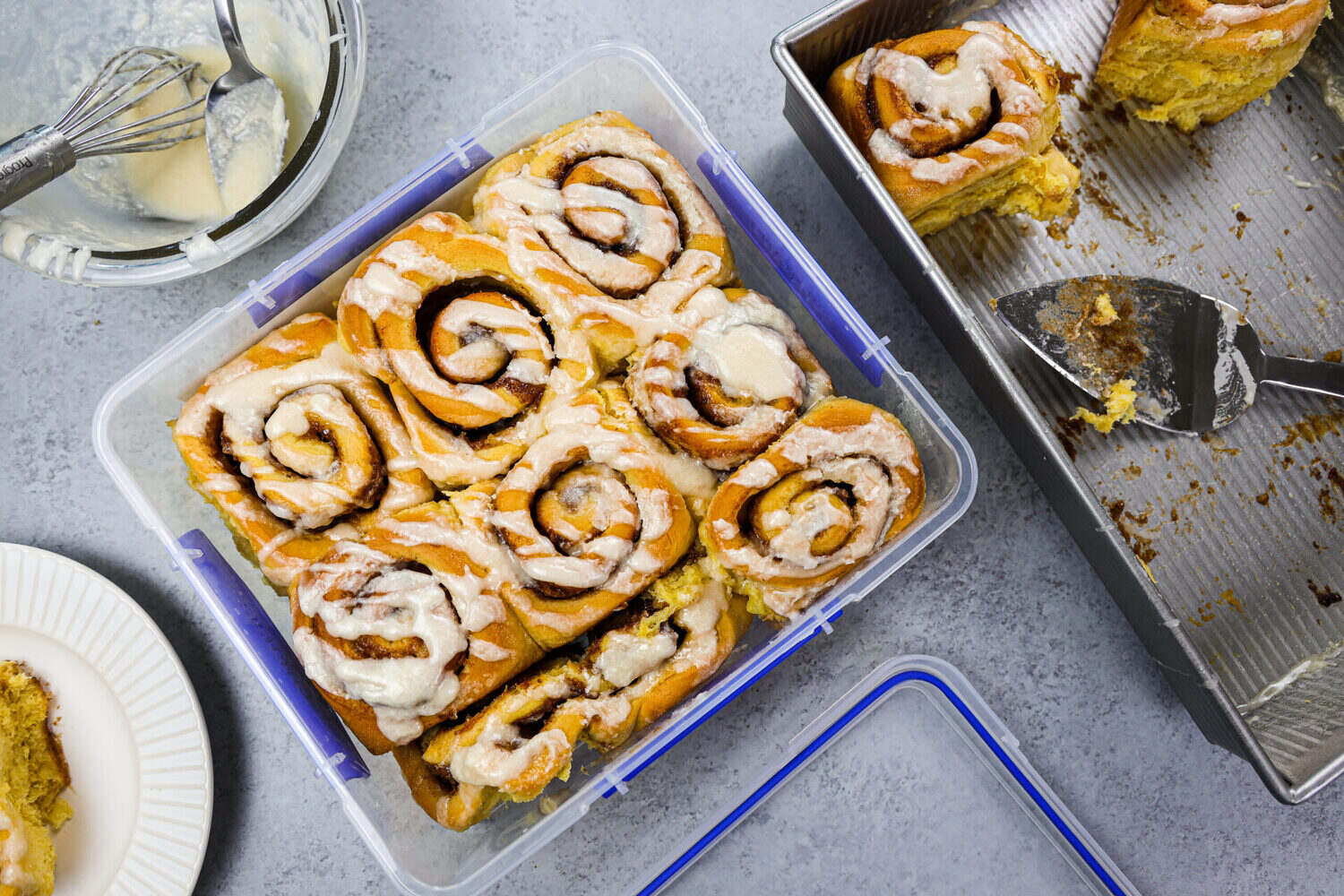
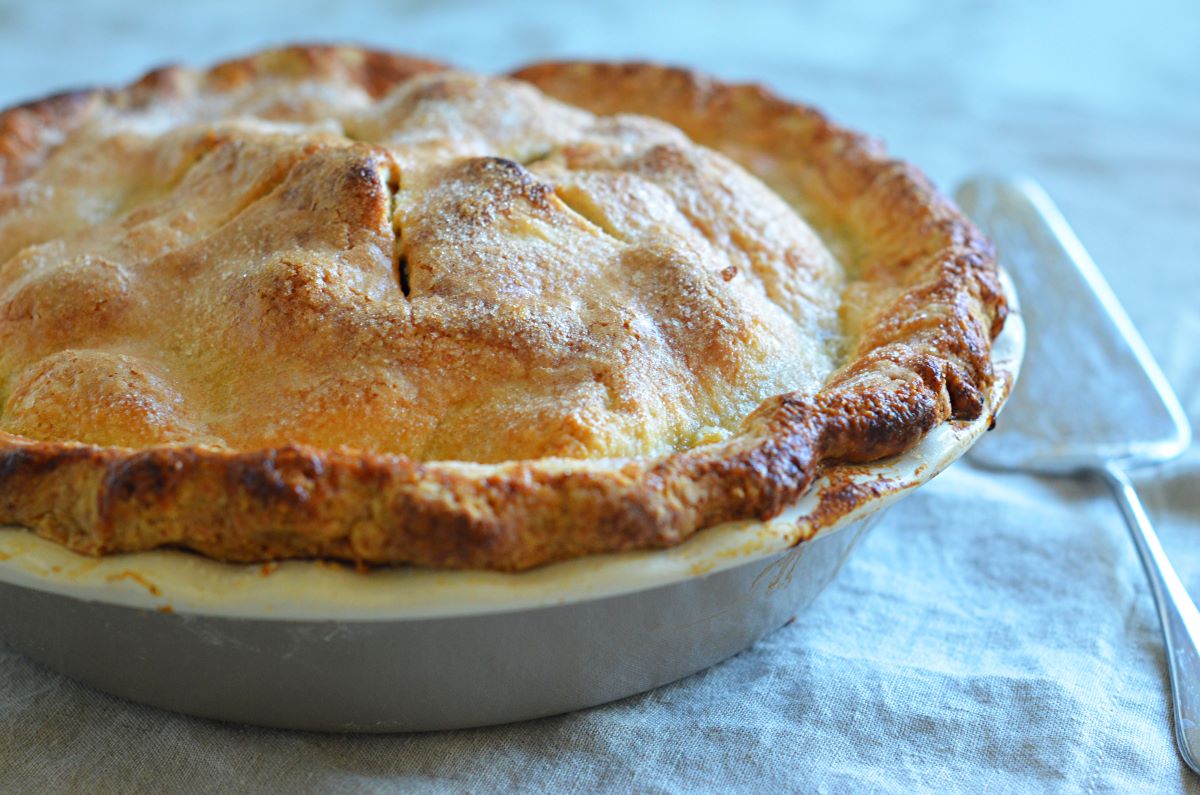

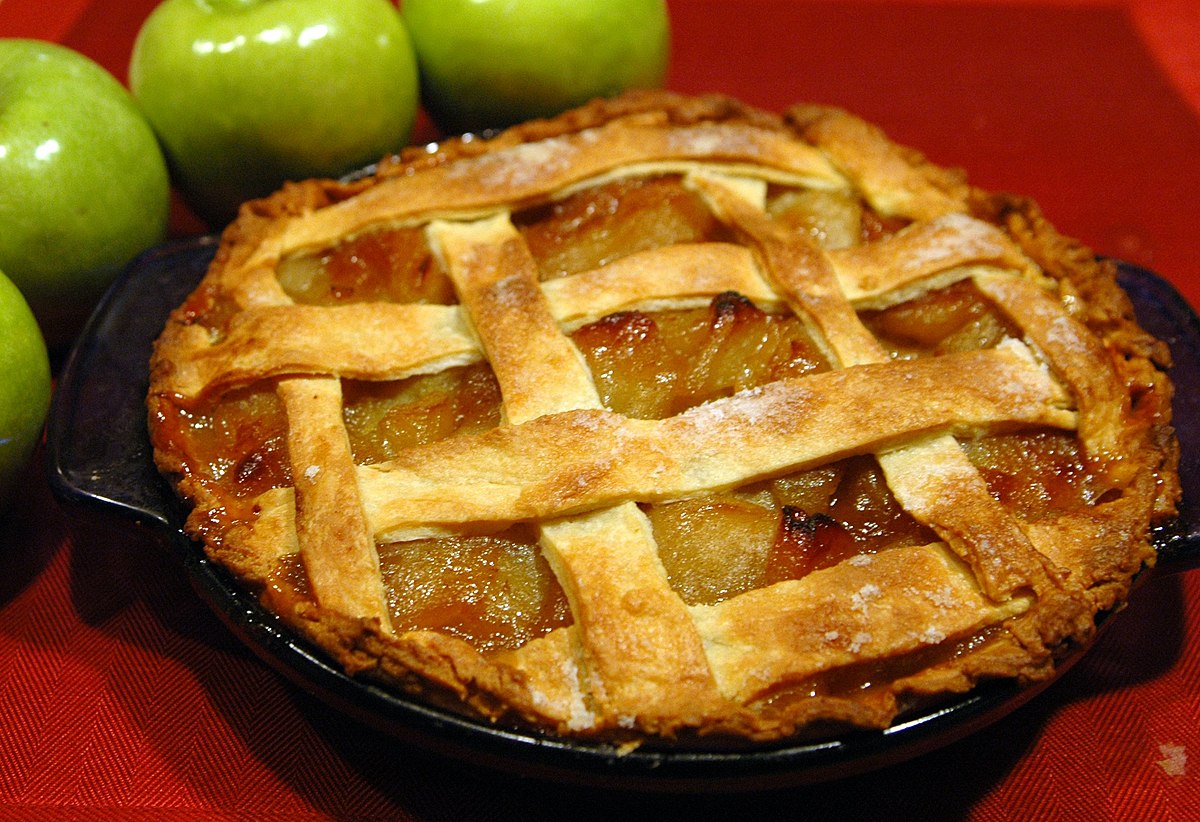

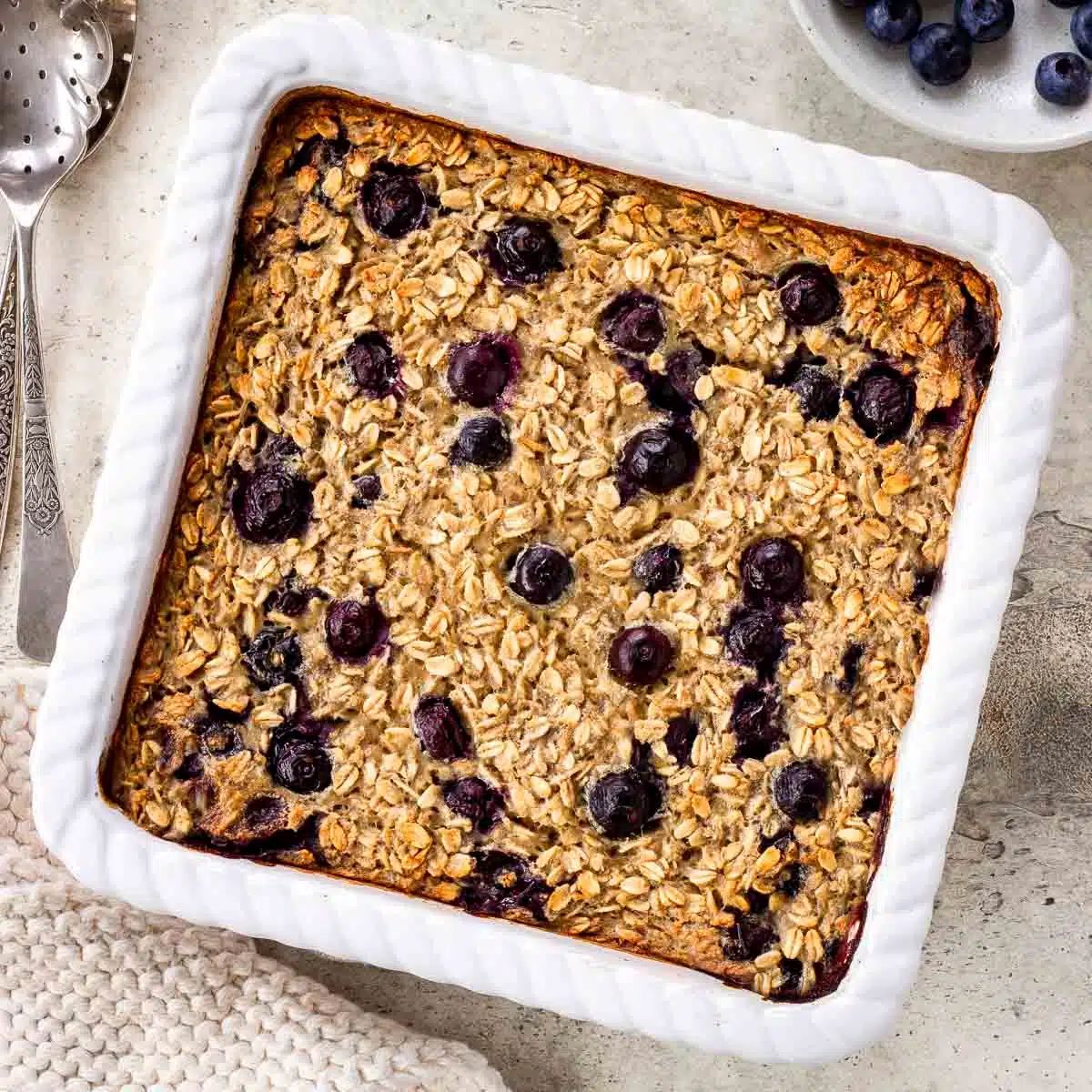
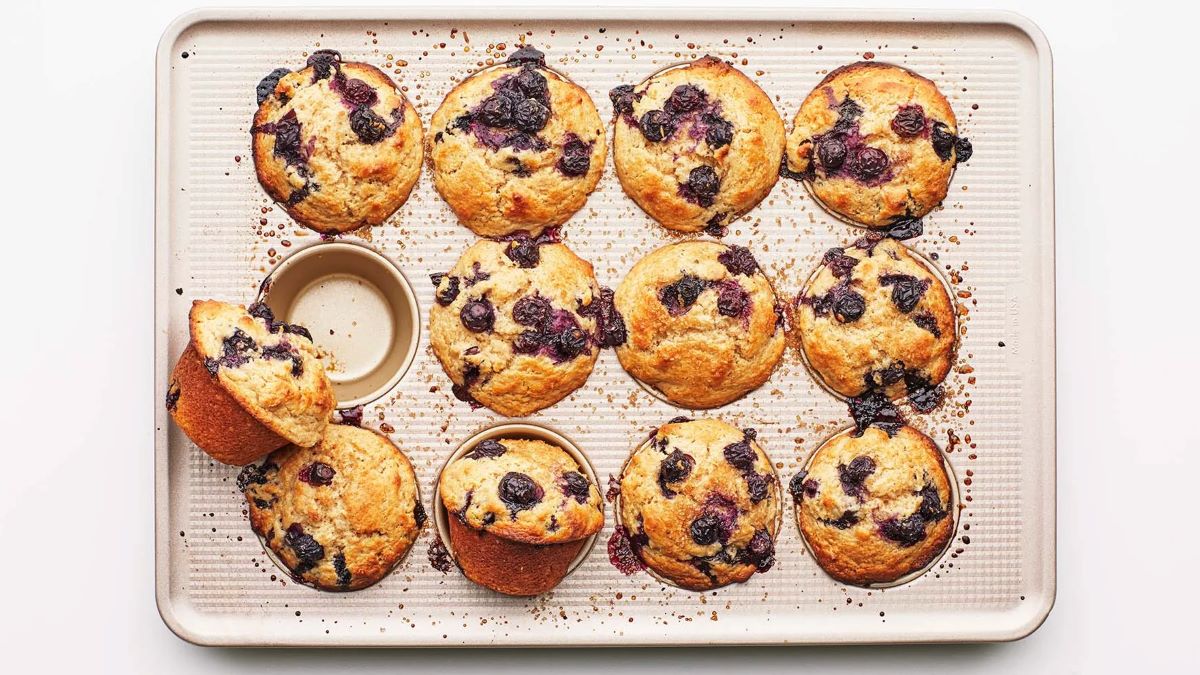
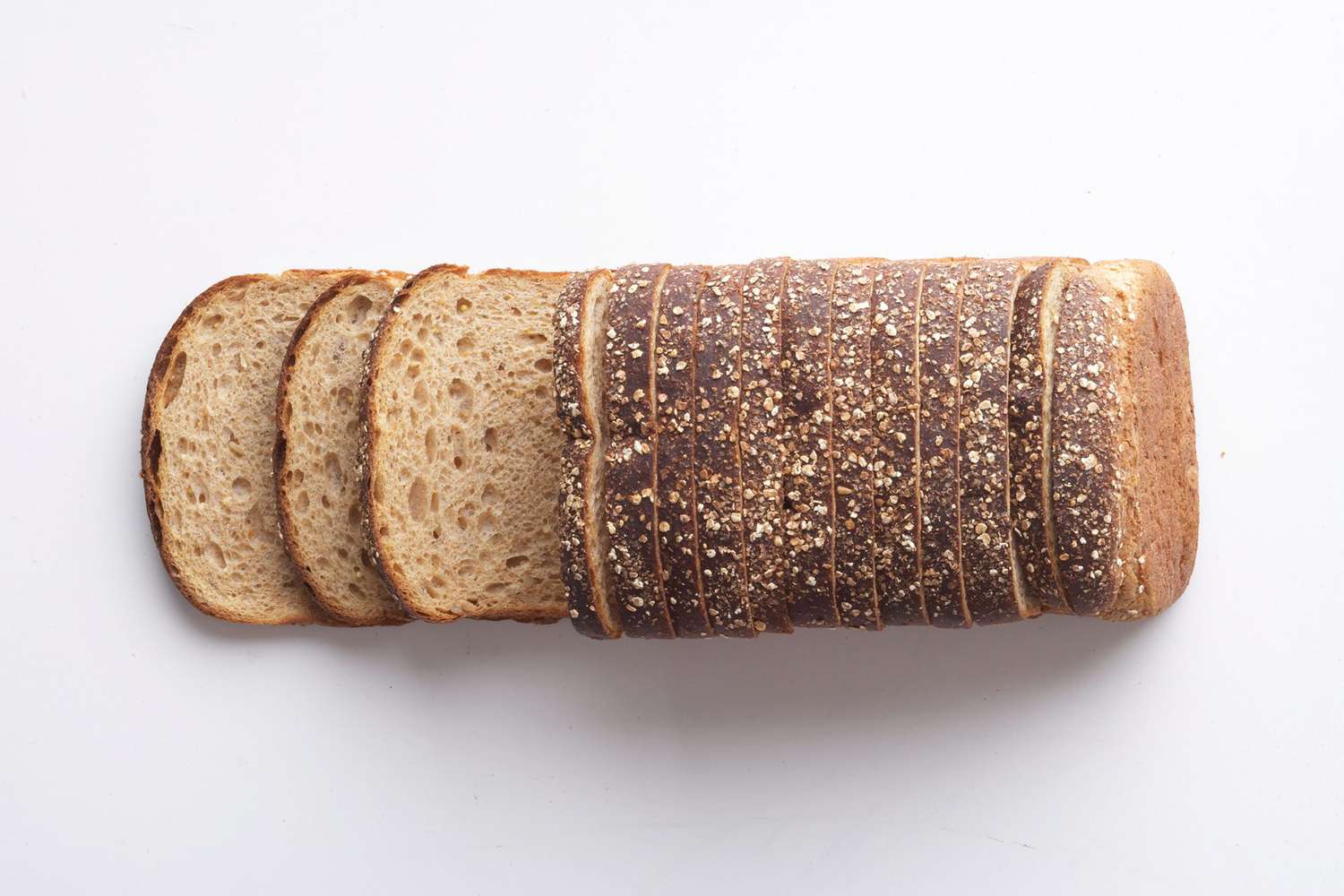
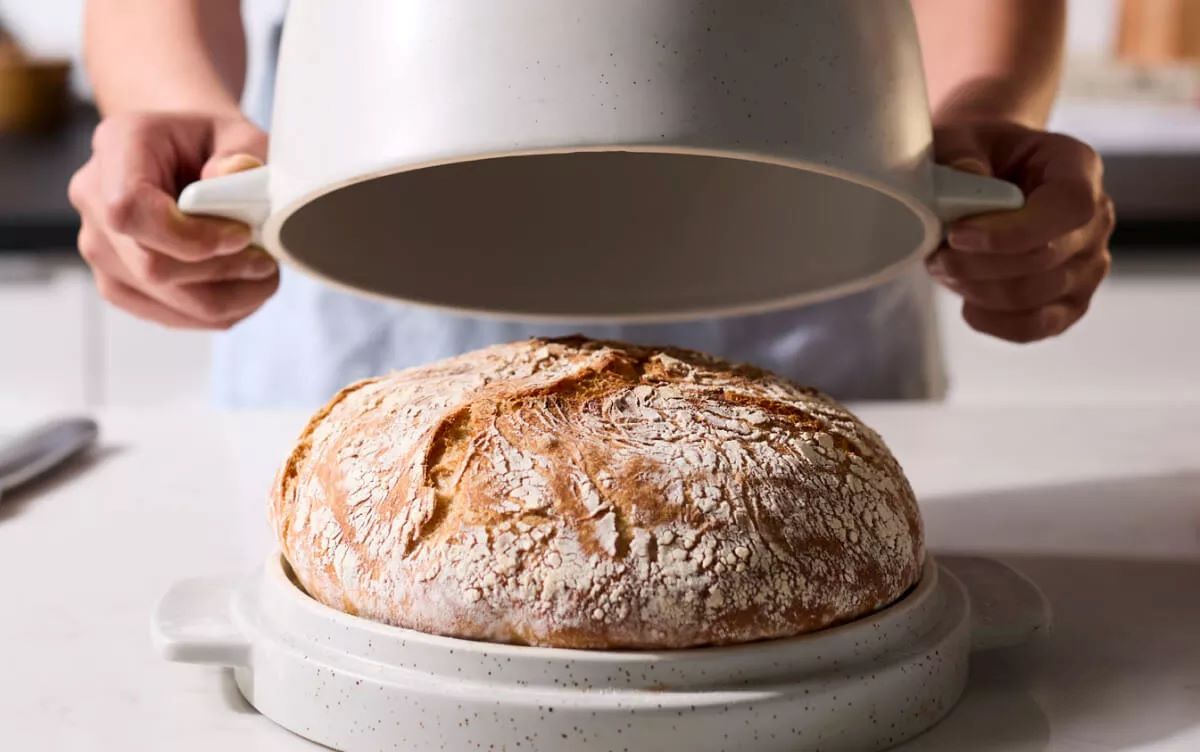
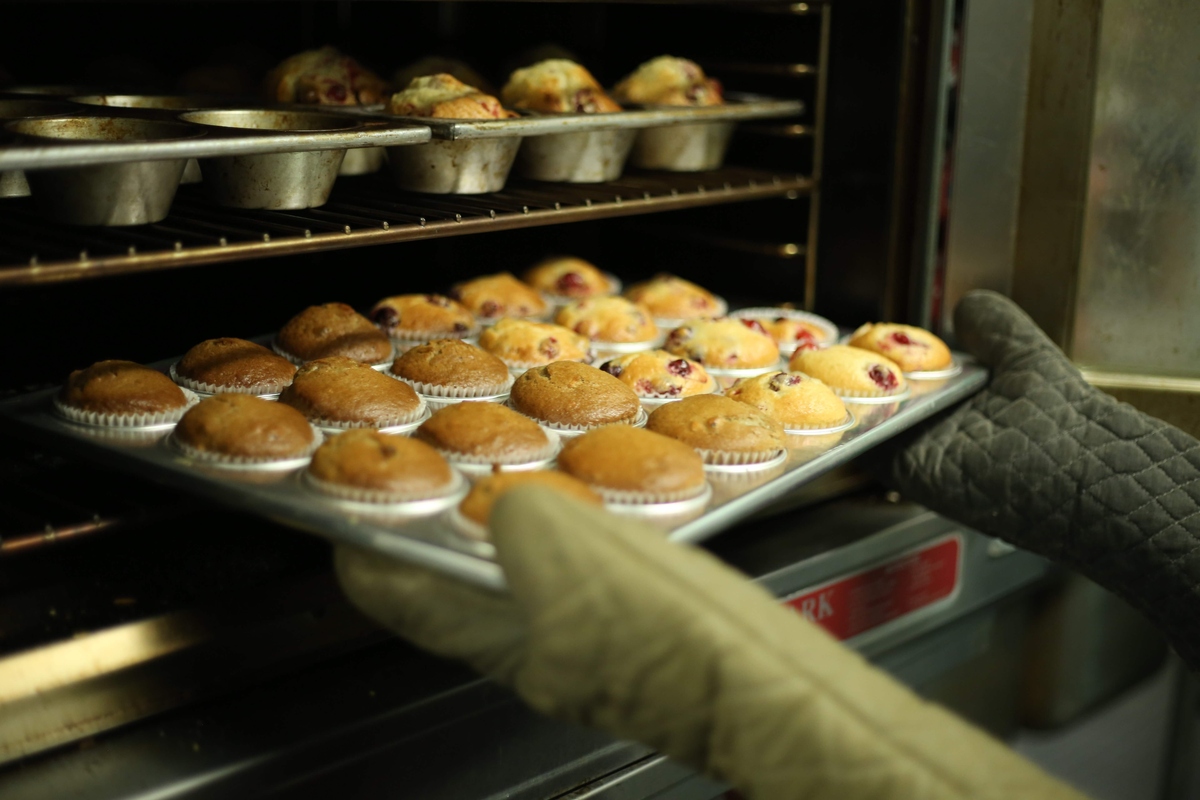
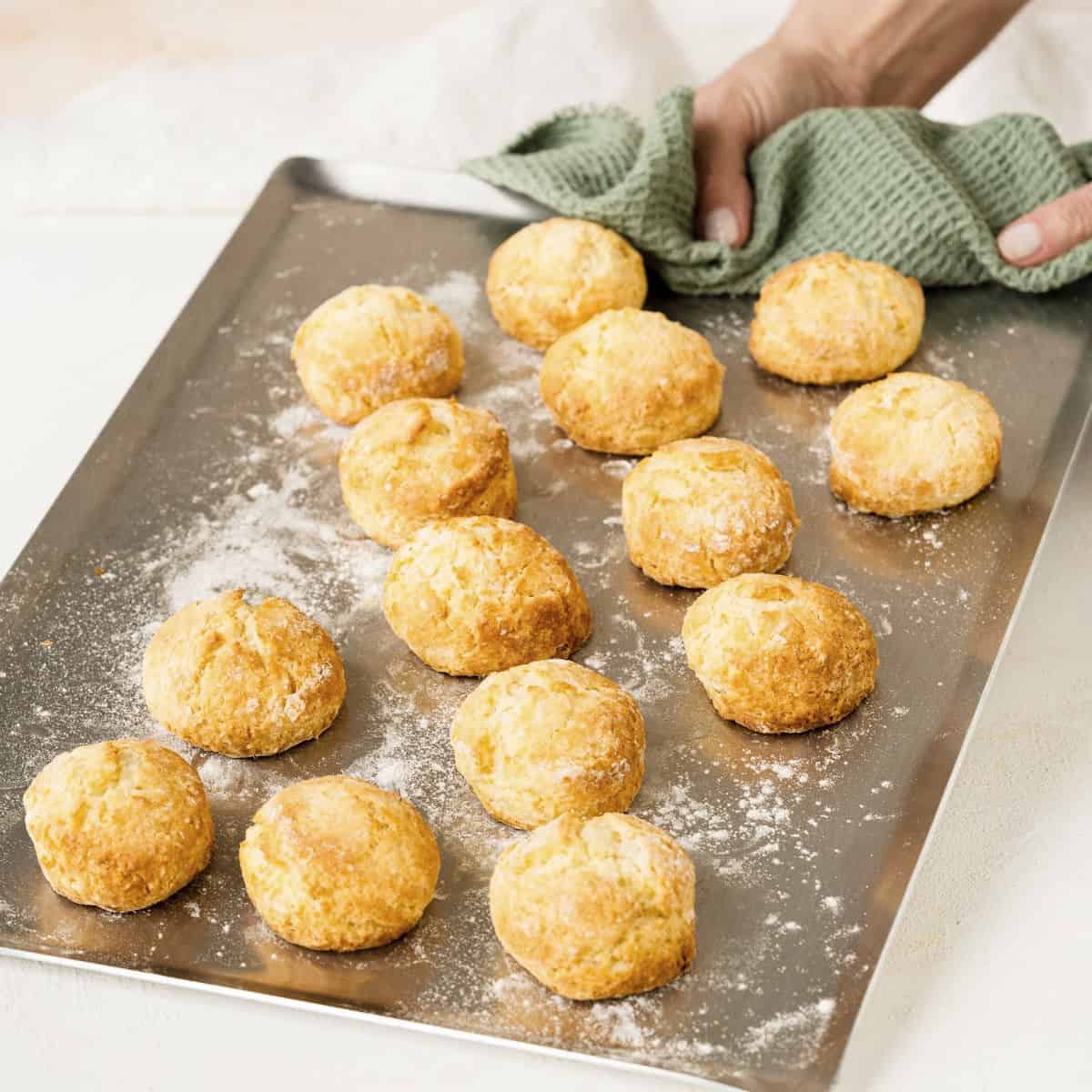
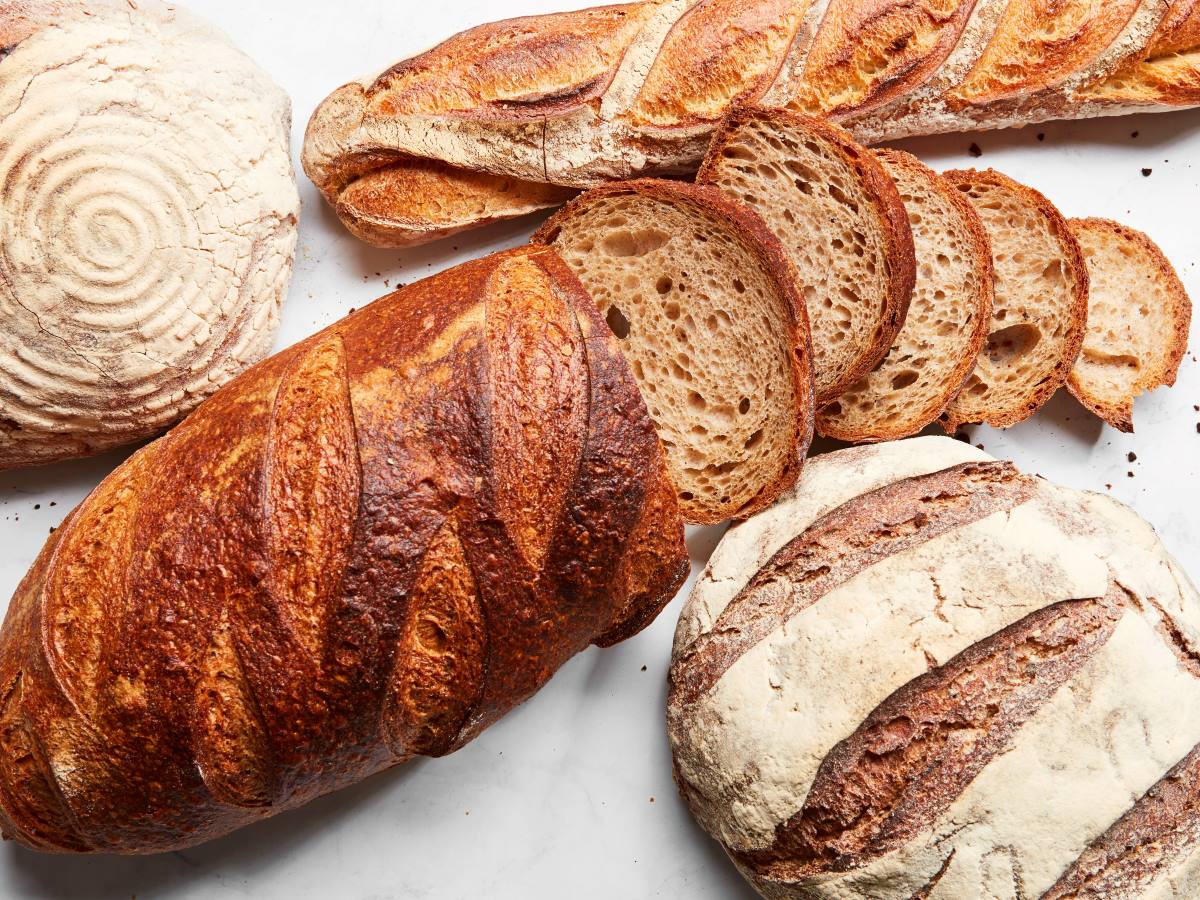

0 thoughts on “How To Store Freshly Baked Bread”